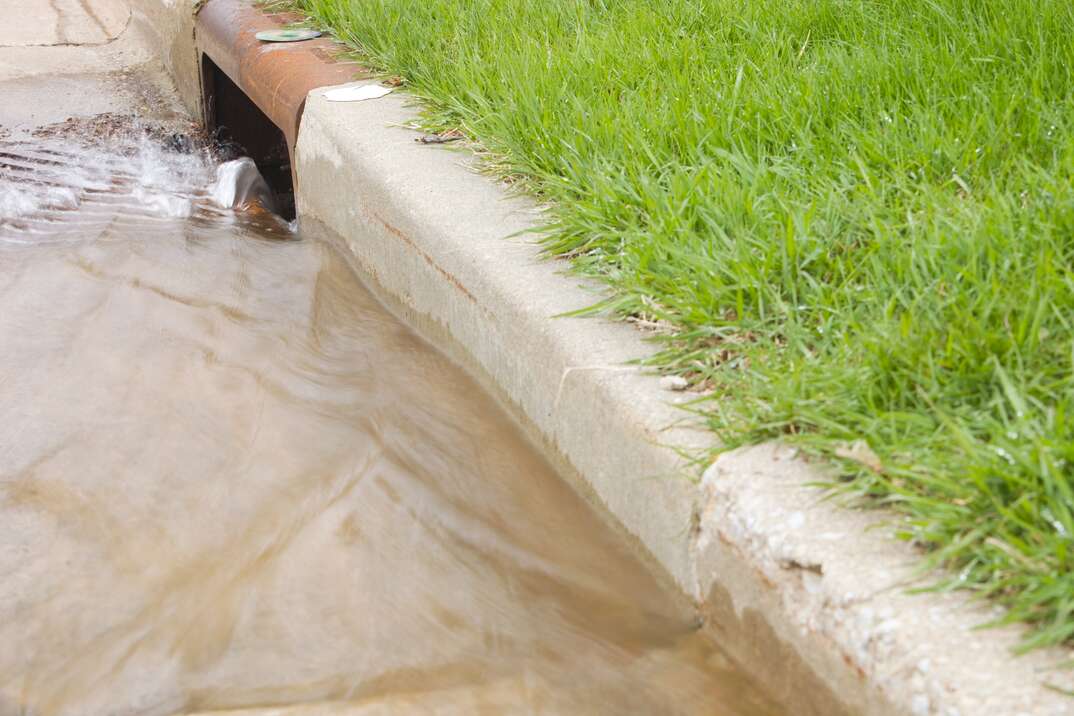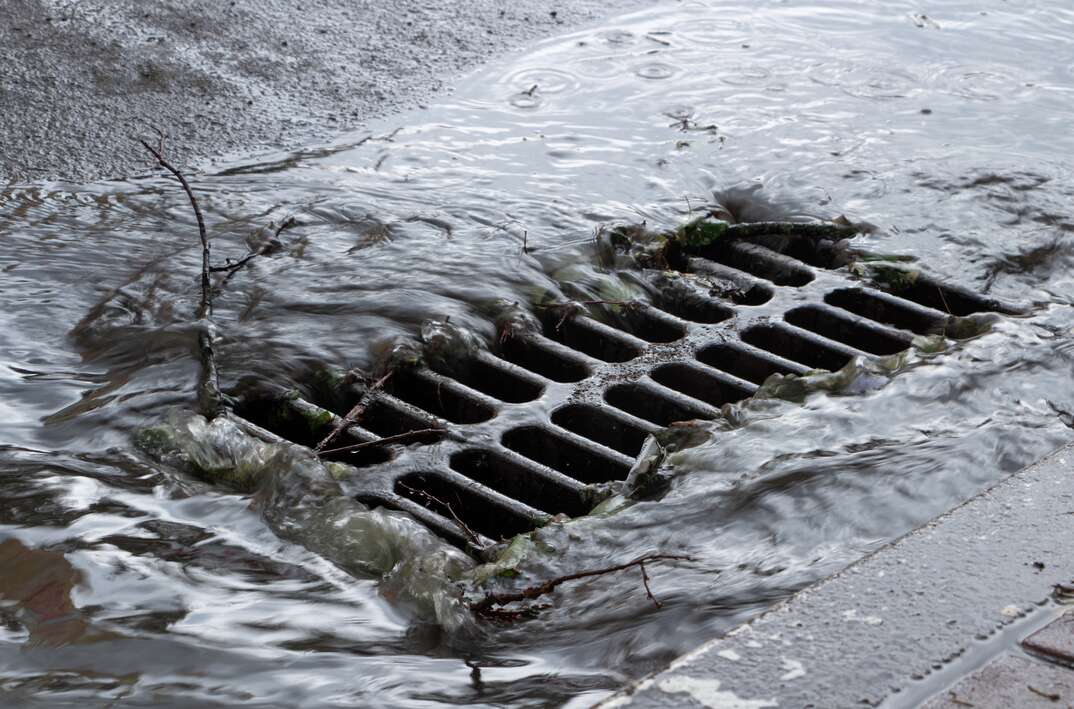Checked Your Storm Drains Lately? Here's a List of Maintenance Tasks

Your property’s storm drains are vital to keeping stormwater runoff going where it needs to go and work in unison with your gutter system to keep water from causing problems on your property. Water that runs through storm drains is routed through various pipes and channels to local creeks or other bodies of water, keeping it from standing or accumulating elsewhere, causing damage. But the water first flows into a sump, otherwise known as a catch basin.
This May Also Interest You: What Do I Do If a Neighbor Drains Water Onto My Property?
As water flows over the landscape and other hard surfaces on your property, it picks up debris, sediment and trash — and these items can collect in the sump basin, leading to a backed-up storm drain. When that happens, water can’t move away from the property, so problems with localized flooding can occur. For this reason, storm drain maintenance is important for property owners.
Who Is Responsible for Storm Drains on My Property?
Storm drains located on private property are generally the responsibility of the property owner. This means that the onus is on the property owner to make sure the drains are maintained properly. This includes any French drains you may have installed to help divert water away from your home or other structures.
What Are Some Storm Drain Maintenance Tasks Homeowners Should Do?
First things first: As a homeowner concerned with storm drain maintenance, your safety is of the utmost importance. Storm drains are made up of a system of underground structures and pipes — and even when they’re big enough, they are not safe for homeowners to enter. Avoid going inside a storm pipe or basin yourself. Opt to hire a contractor to inspect, clean or repair any storm drain issues that may arise.
Some storm drain maintenance tasks that homeowners can safely do include:
- Regularly inspecting outlets, channels and inlets of private storm drains for debris and trash
- Moving all debris and trash that might rinse into the storm drain, causing a clog
- Disposing of all solid waste to prevent it from ending up in the drain system
- Ensuring the home gutter system is cleaned regularly so that debris is not routed from the gutters into the drain

More Related Articles:
- How Much Does a French Drain Cost?
- Au Revoir, Standing Water! How to Install a French Drain in 8 Steps
- Why Does My House Flood but Not My Neighbor’s?
- Does a House Need Gutters?
- What Are Gutter Guards — and Do You Need Them?
Hiring Someone to Clean Up Your Storm Drains
Working with a professional who uses special cameras to film the inspection of your storm drain and any cleaning and repairs can be beneficial to the storm drain’s uninterrupted service. Choose a contractor who is a member of the National Association of Sewer Service Companies for peace of mind that you’re working with a professional.
Your contractor should inspect your storm drains at least annually. The early summer months are ideal for inspections because it allows time for any repairs and cleaning to occur prior to an uptick of rain in the summer. An inspection looks for the buildup of trash, debris and sediment; corrosion or rust in the pipes or other components of the storm drain; pipe that is cracked, broken or missing; holes in the pipe or other structures; and breaks or dents in the perimeter of the pipe.
A contractor with the right training can vacuum, jet or flush out any debris, trash or sediment that ends up in the storm drain. Contractors remove these items from the drain without allowing them to be pushed further down the line to cause problems for neighbors. For particularly damaged drain systems, it may be necessary to replace pipes or other components to restore the storm drain’s functionality.
What Can Go Wrong If Storm Drains Aren’t Properly Maintained?
The most obvious negative outcome from improperly maintained storm drains is the potential for water to back up and cause flooding on the property. Just as ominously, if the pipes or other components in a storm drain are broken or cracked, it can lead to dangerous and expensive sinkholes on the property. Depending on the severity of the clogged storm drain, water may also back up and flood private roads.


